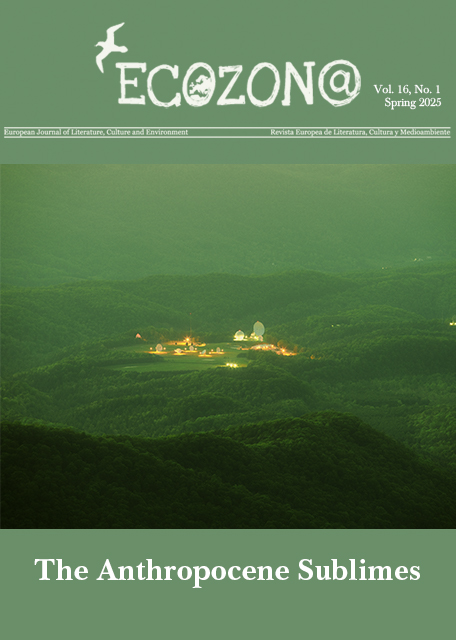CFP Automne 2026 "Cultures Eco-crip : Handicap et Environnement"
2025-05-02
"Cultures Eco-crip : Handicap et Environnement"
Co-rédactrices invitées: Shanna Lino (Université York, Canada)
Maryanne L. Leone (Université Assumption, USA)
En lire davantage à propos de CFP Automne 2026 "Cultures Eco-crip : Handicap et Environnement"








